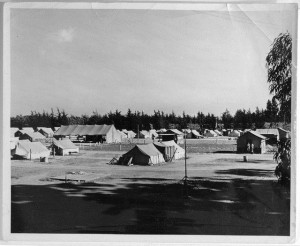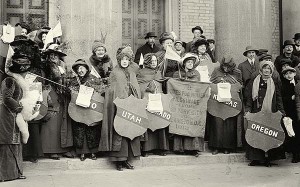I first evaluated the website The Black Past. This website is topical, it deals specifically with African American history. This website is interesting because it serves several purposes. For example, it offers tabs with links to other similar websites, it offers information specifically on the history of the African American race, and finally it offers tools that allows a person to donate to continue supporting this site. It offers many entries on people, places, and events from the past. Entries span over thousands of years, as well as countless of places across the globe. The purpose of providing this information is to highlight the past of a race of people, as well as offer support to those seeking information about their own past, through tools such as genealogy tracers.There is a board of directors listed on this website who work in many fields across the country and support the upkeep of this website and its information. Each is a credible professional in a history, or some other related field. The creators of the site hope that by teaching people about African American’s past they will learn to be accepting of more races in the future. They also show their support of all minorities by including inspirational stories and recording individuals accomplishments. This site is easy to use and is helpful for both students and just a person curious about their own past. At the end of each post there is accurately cited material for each informative entry. The website is objective because it does not endorse that any minority is better than another. .I really enjoyed looking through this website. All of the information was accurate and detailed. Also it was easy to use.

Taken from the website, Voices from the Dust Bowl. This picture shows a typical migrant work camp.
Secondly I evaluated the website named Voices from the Dust Bowl. This website offers several sources that document the everyday lives of the people living in Migrant Work camps in California from 1940-1941. This website is an archive of songs, conversations, stories, and camp court proceedings from this time period. The Library of Congress keeps this site up and running so that Congressman and everyday Americans can use this website. Although not visually appealing this website is easy to use. It contains a lot of well kept information that is documented well. For example if viewing a photograph, you can easily read where this photo took place, when this photo took place, and where to find this photo in the National Archives. I believe this website could be used in a classroom setting, or for a research paper. This is due to the fact that it offers many primary sources from this particular time period all in easily accessible in one place. This website is objective, and has no real opinions within it. The material was collected over a long period of time and is documented well. My only problem with this site is that it is specific to a time and place. All information could be used in a paper, but it may not be as helpful as other sites that give you an overall view of all Americans impacted by the dust bowl.


 1 Comment
1 Comment